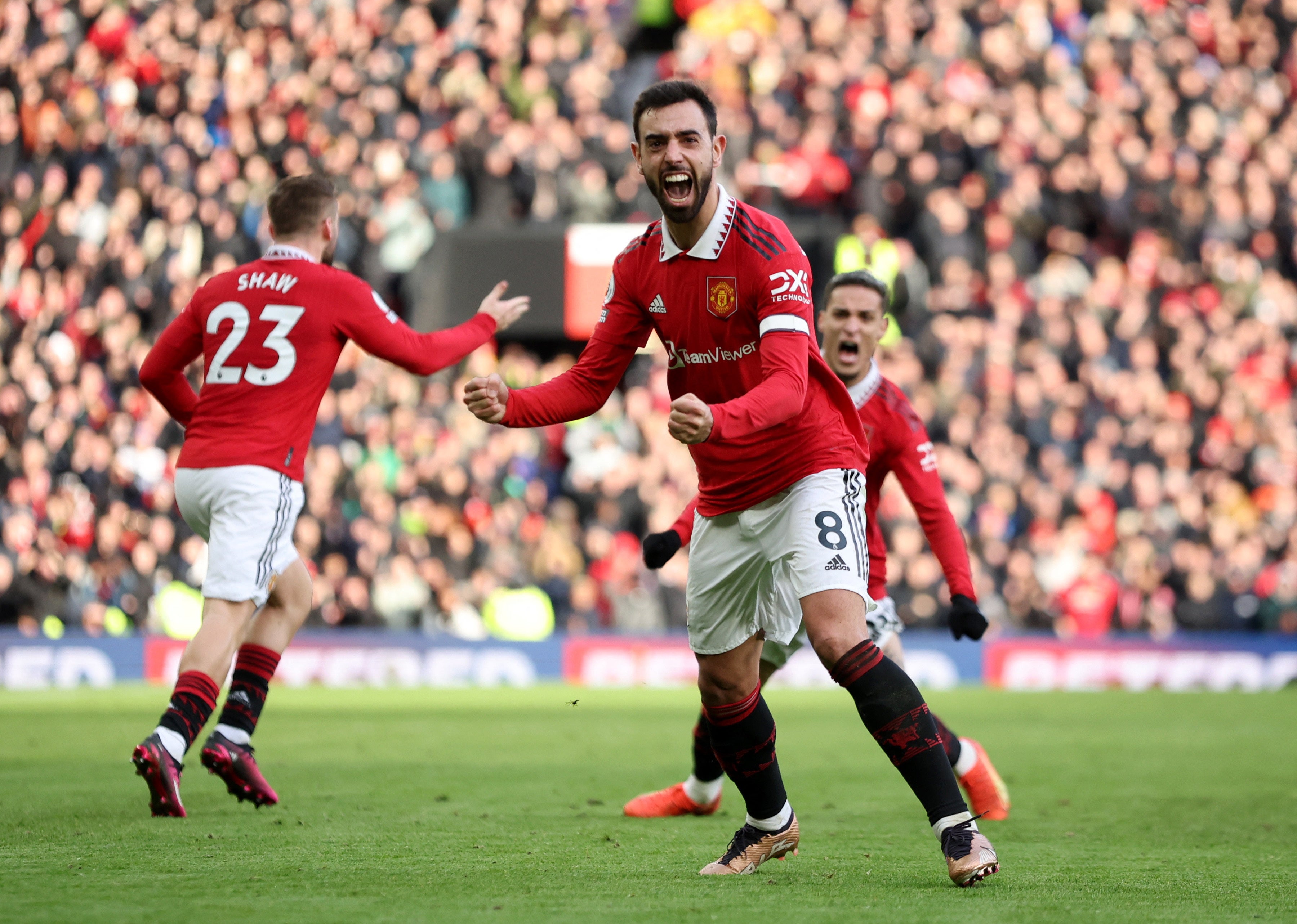Manchester united last game – Manchester United’s last game delivered a dramatic clash, leaving fans and pundits alike analyzing the performance. The match, a rollercoaster of high-octane football and pivotal moments, showcased both the team’s strengths and areas needing improvement. A detailed look at the starting lineup, key player performances, tactical decisions, and statistical analysis reveals a compelling narrative of the contest and its impact on the team’s league standing.
From the electrifying atmosphere in the stadium to the post-match reactions of players and managers, this report provides a comprehensive overview of the game, dissecting the key events that shaped the final scoreline and its implications for Manchester United’s season.
Manchester United’s Last Match: A Comprehensive Analysis: Manchester United Last Game
Manchester United’s recent match presented a mixed bag of performances, showcasing both moments of brilliance and areas needing improvement. This analysis delves into the key aspects of the game, providing a detailed breakdown of the team’s performance, tactical approach, and the overall impact on their league standing.
Match Summary, Manchester united last game
Manchester United faced [Opponent’s Name] in their last game, resulting in a [Scoreline] victory/defeat/draw. Key events included [briefly describe 2-3 key moments, e.g., a crucial goal, a missed penalty, a red card]. The starting XI for Manchester United comprised: [Goalkeeper], [Defender 1], [Defender 2], [Defender 3], [Defender 4], [Midfielder 1], [Midfielder 2], [Midfielder 3], [Winger 1], [Winger 2], [Striker].
The team’s overall performance was [describe overall performance – e.g., inconsistent, dominant in the first half but lacked energy in the second, etc.]. The atmosphere at the stadium was [describe the atmosphere – e.g., electric, tense, subdued, passionate].
Key Players’ Performance
Individual player performances varied significantly. The table below highlights the key contributions and overall ratings for some key players.
| Player Name | Position | Key Actions | Overall Performance Rating (1-10) |
|---|---|---|---|
| [Player 1 Name] | [Position] | [List key actions, e.g., scored a goal, provided an assist, made crucial tackles] | [Rating] |
| [Player 2 Name] | [Position] | [List key actions] | [Rating] |
| [Player 3 Name] | [Position] | [List key actions] | [Rating] |
| [Player 4 Name] | [Position] | [List key actions] | [Rating] |
[Player Name] had the most significant impact on the game, due to [explain reasons]. Compared to previous games, [Player Name]’s performance was [compare to previous performances – e.g., significantly improved, below par, consistent]. For example, [give a specific example of an exceptional play or critical error].
Tactical Analysis
Manchester United employed a [Formation Name] formation in the first half, focusing on [explain tactical approach, e.g., quick counter-attacks, possession-based play]. The opposition countered this by [explain opposition’s tactics]. In the second half, Manchester United switched to a [Formation Name], likely due to [reason for change].
Diagram of Manchester United’s Formations:
First Half Formation: [Detailed description of the first-half formation, including player positioning and roles. For example: A 4-3-3 formation with [Player Name] as a lone striker, supported by [Player Name] and [Player Name] on the wings. The midfield three consisted of [Player Name], [Player Name], and [Player Name], focusing on controlling possession and providing support to the attack. The defense was a traditional back four of [Player Name], [Player Name], [Player Name], and [Player Name].]
Second Half Formation: [Detailed description of the second-half formation, including player positioning and roles. For example: A switch to a 4-5-1 formation, shifting to a more defensive approach. [Player Name] dropped deeper to support the midfield, while [Player Name] and [Player Name] provided width on the flanks. This change aimed to secure the lead and prevent counter-attacks.]
Statistical Overview

The following statistics provide further insight into the game’s dynamics:
- Possession Percentage: [Percentage]
- Shots on Target: [Number]
- Passes Completed: [Number]
- Tackles Made: [Number]
- Fouls Committed: [Number]
Manchester United’s [high/low] possession percentage reflects their [dominant/struggling] control of the game. The number of shots on target indicates their [clinical/ineffective] finishing. The high/low number of passes completed shows their [efficient/inefficient] passing accuracy. These statistics, when considered together, paint a clear picture of Manchester United’s overall performance.
Post-Match Reactions

The manager, [Manager’s Name], stated: “[Quote from the manager]”. Key player, [Player’s Name], added: “[Quote from the player]”. The overall fan sentiment was [describe fan sentiment – e.g., largely positive despite the loss, disappointed with the performance, divided in their opinions]. Media outlets largely echoed [summarize media reaction – e.g., the manager’s concerns about the team’s defensive frailties, praise for individual players’ performances].
There was some debate regarding [mention any controversies or talking points]. In summary, the reaction to the match was [summarize overall reaction].
Obtain recommendations related to premier league 88/89 that can assist you today.
Impact on League Standing
The result of the game [improved/worsened/had little impact on] Manchester United’s league position. Before the game, they were in [previous position]; now they are in [current position]. This [helps/hinders] their chances of achieving their season objective of [season objective]. The upcoming fixtures against [mention upcoming opponents] will be crucial in determining their final league standing and chances of success in the [competition they are aiming for].
Ultimately, Manchester United’s last game provided a microcosm of their season so far: moments of brilliance punctuated by areas requiring attention. The statistical overview highlighted areas of strength and weakness, while post-match analysis offered insights into the team’s mindset and future prospects. The impact on their league standing is significant, setting the stage for crucial upcoming fixtures where improvements will be paramount for achieving their season objectives.



